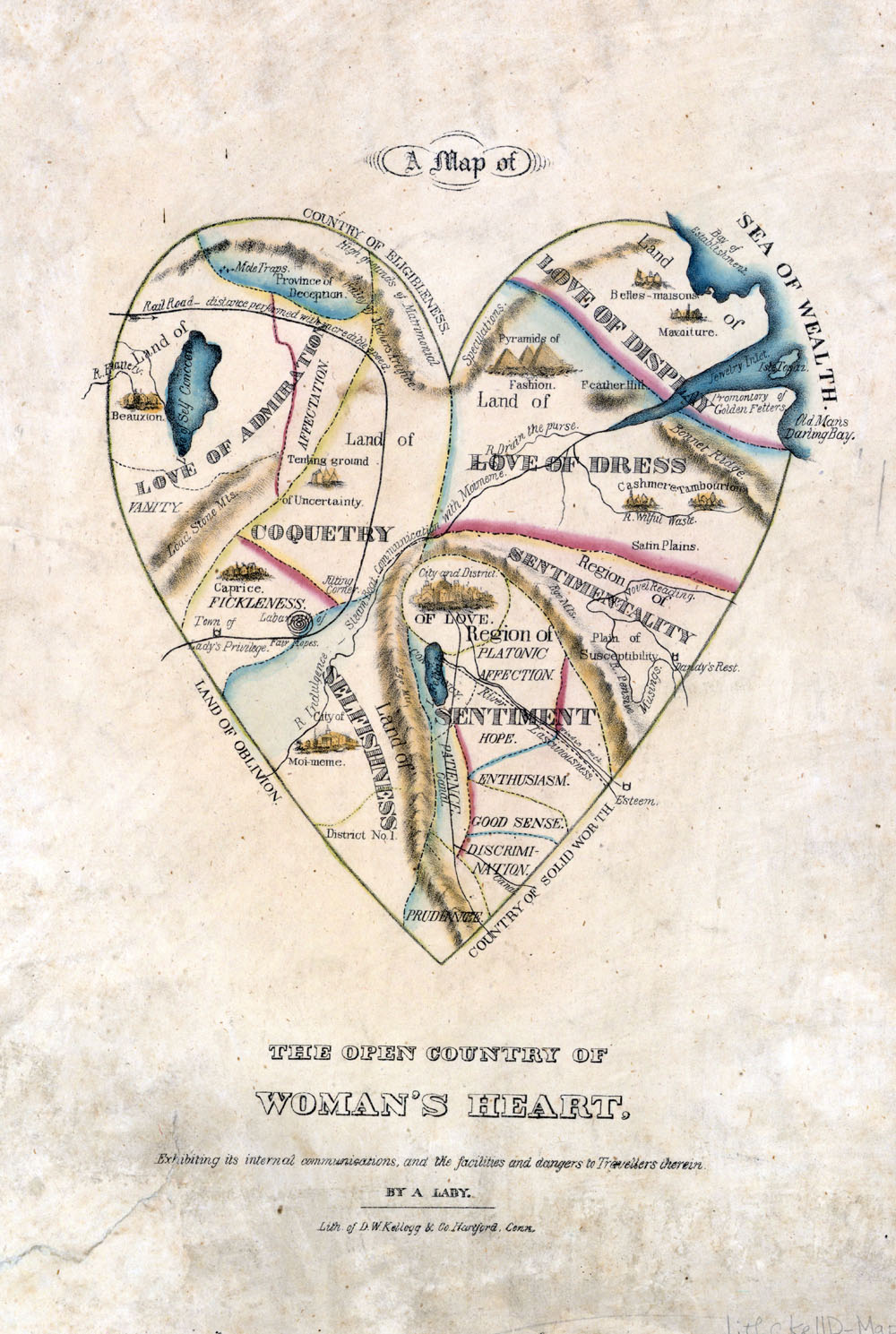What Your Character Really Needs, The Central Question
From bestselling author and former writing professor Dave Farland:
The script doctor Michael Hague has pointed out that for every successful motion picture, there is a central question that revolves around the protagonist: “Who are you?” After studying this insight for a dozen years, I’m convinced that Michael is right. You can’t write a powerful story of character without it.
In other words, your protagonist often has people around him who define him. Let’s take a romance story. Perhaps your protagonist is young, from the “wrong side of the tracks.” He’s poor white trash. His dad is a convicted felon who strips copper pipes out of houses that are in foreclosure and then sells the copper for recycling. Thus he’ll do a hundred thousand dollars in damage to a home in an effort to steal a few hundred bucks. Our young protagonist rides a motorcycle and has biker friends. He’s been arrested for taking meth. But he wants more out of life. He’s determined to go to college, to make something of himself, and there on his first day he meets the girl of his dreams.
Now, who is he? Is he the brilliant young doctor that he imagines that he could be, or is he the pond scum that past evidence shows him to be? Well, that’s what the story is about.
Imagine that he falls in love with a beautiful young pre-med student. Her father knows all about the boy’s dad. After all, the guy’s face is all over the newspapers. In fact, they’ve had run-ins since high school. The boy’s family are all losers.
So the “story” revolves really around the evidence for what your protagonist is. Is he drug-using biker? Is he from a creepy background? Everyone agrees. In fact, it is best if even your protagonist doesn’t know who he is . . . yet. He’s in motion, trying to move from one definition, “Creepy druggie,” to a higher status, “worthy young doctor.”
. . . .
In fact, at some point, our hero will even need to struggle with self-identity. Maybe he’ll go take some meth. Maybe he’ll hop on his bike, borrow a gun, and consider robbing a Pizza Hut in order to get the money he needs to stay in school. In short, he’ll have a crisis of some sort.
At the same time, we as the audience should also see evidence that this young man has potential. He did great in chemistry in high school (possibly because he was studying so hard, trying to learn how to make meth?). We might see his kindness, his compassion. We may see him studying at night, straddling his motorbike out in the garage while he reads a textbook.
Link to the rest at David Farland




